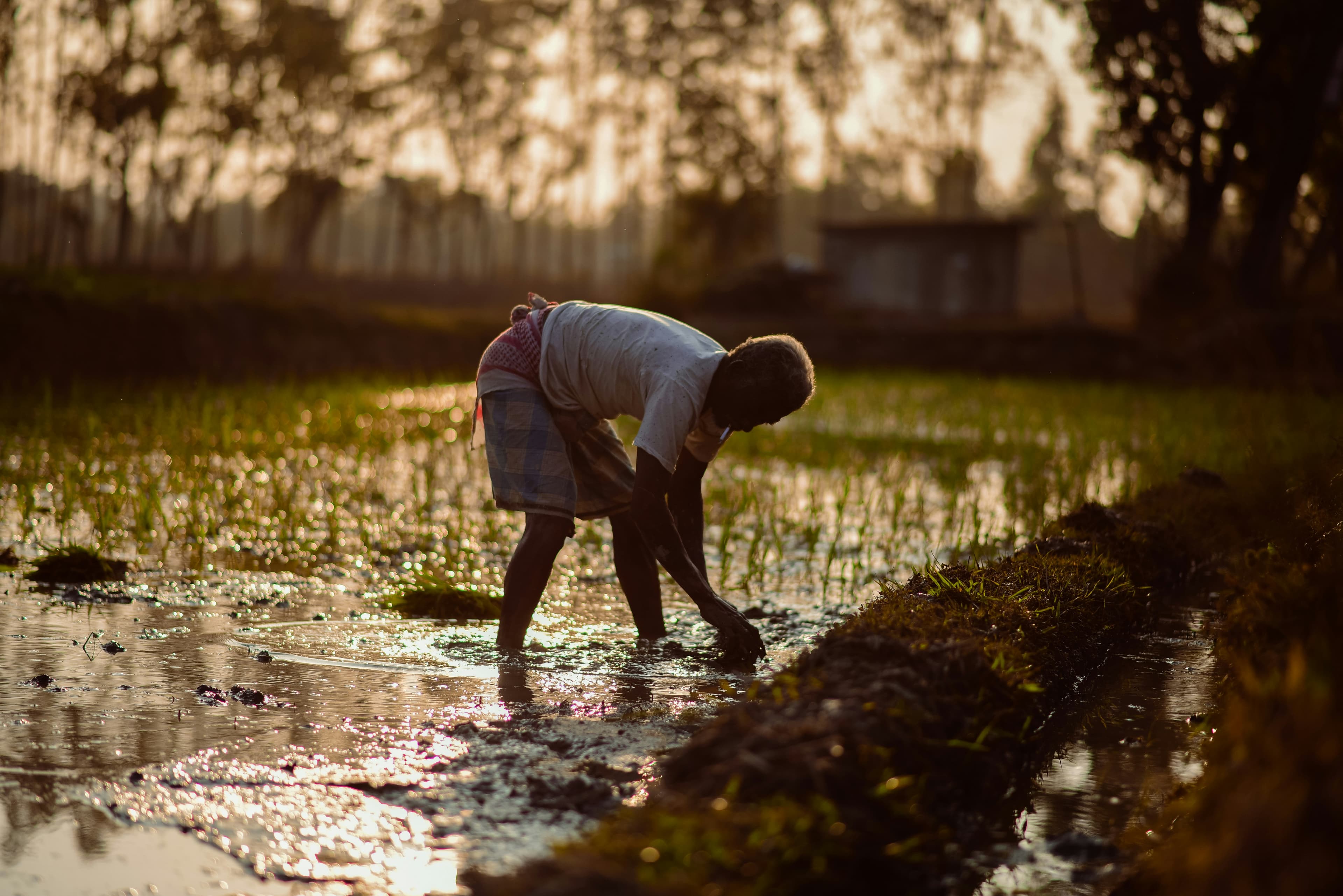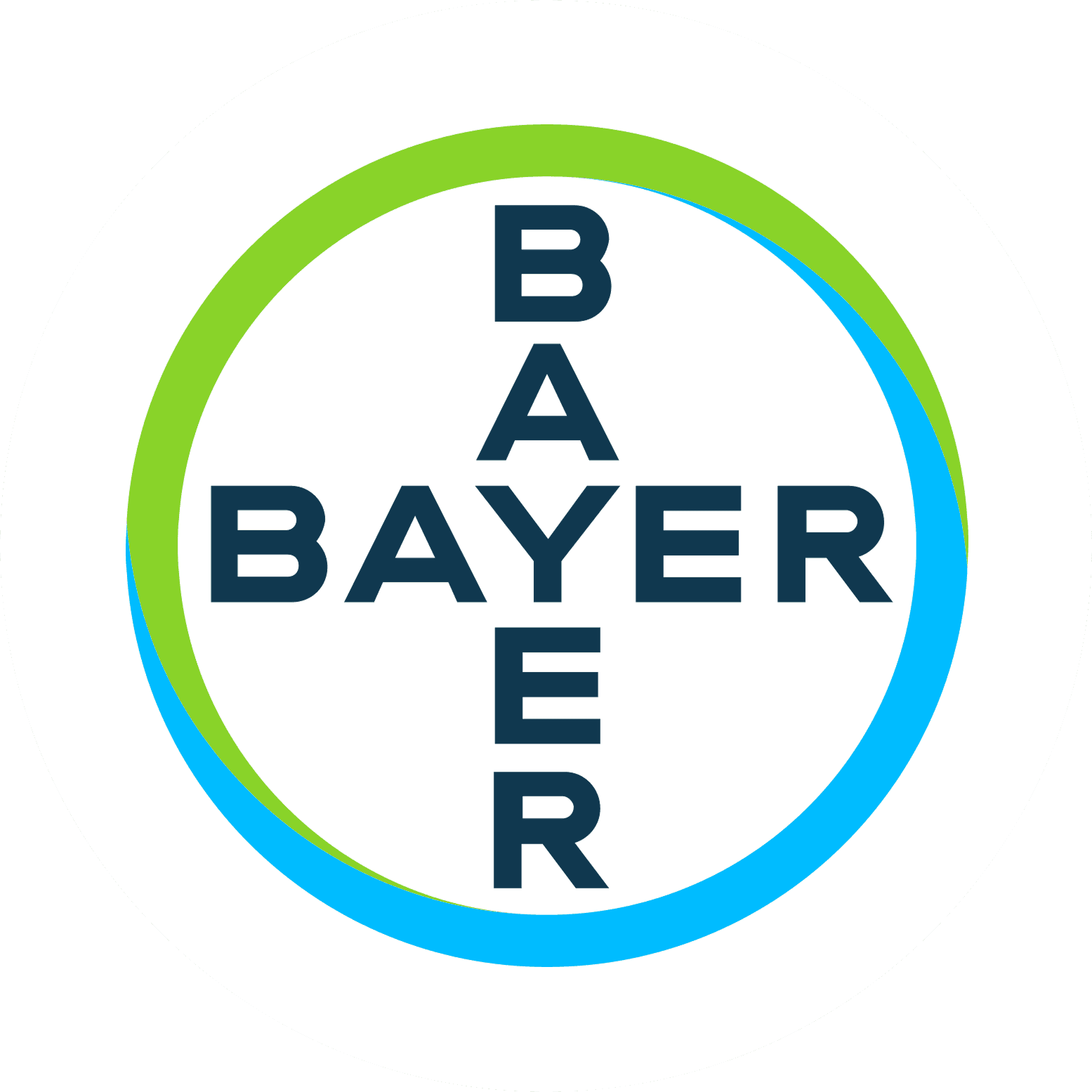
Impact smallholder livelihoods through better farming
 Bayer
Bayer总结
Empowering smallholder farmers through access to sustainable practices, efficient irrigation, and better inputs, reducing resource use and agricultural emissions
Context
Bayer is a global life sciences company with core competencies in healthcare and agriculture. Approximately 76%[1] of its total greenhouse gas emissions are Scope 3, with the majority linked to farming activities and agricultural inputs across its value chain.
Smallholder farmers—who produce most of the world’s food in developing regions—often face low productivity and high resource intensity due to limited access to inputs, irrigation, finance, and technical know-how.
To decarbonize agriculture while strengthening farmer livelihoods, Bayer launched the Better Life Farming initiative in partnership with global and local organizations. Through a network of Better Life Farming centers, smallholders gain access to improved seeds, crop protection, precision irrigation, digital tools, and financial services. These resource-efficient and sustainable practices help reduce fertilizer and water use, improve yields, and lower greenhouse gas emissions—supporting Bayer’s ambition to cut Scope 3 emissions by 25% by 2029 (baseline: 2019) [2].
The initiative is active in nine countries: India, Bangladesh, China, Indonesia, Vietnam, Ivory Coast, Tanzania, Mexico, and Honduras.
Solution
BLF Centers (Better Life Farming) in rural villages ensure the easy availability of farming solutions from the partner network to rural farmers through a “last mile delivery model” and sustainability amplifier. The centers provide access to agronomic education, customized agronomic solutions, financing (including financial literacy training), market access and fair prices as well as partnerships to local farmers. They are owned and run by Agri-entrepreneurs, farmers, or agri-graduates from the community, who provide access to inputs, crop advice and other services, as well as G.A.P. trainings and access to model farms, accessible to the entire community. Every agri-entrepreneur (AE) is supported by an agri-consultant (AC), an agronomist who provides training and advice throughout the season. Jointly, AEs and ACs demonstrate best farming practices and the impact of innovative products on a model plot adjacent to the BLF Center. With that, the BLF Center becomes a central hub for smallholders to access the products and services the ecosystem put in place by the partners provides. Each BLF Center services typically around 500 farmers over five to ten villages, yet these numbers might increase over time. Agri-entrepreneurs are selected in villages and capacity building takes place through trainings. Demand generation is supported by training farmers and setting up model farms.
Figure 1: Better Life Farming center in India

Impact
Sustainability Impact
Climate
The initiative targets Scope 3 by reducing emissions via adoption of better farming practices, in line with Bayer’s mission of cutting scope 3 emissions by 25% till 2029 (baseline 2019).
It's an enabler with Good Agricultural practices, balanced nutrition to plants, judicious use of water which results in reduced environmental impact. By providing access to the latest agricultural technology, and G.A.P. trainings, environmental damages and soil degradation resulting from incorrect use of fertilizers and crop protection products can be minimized, if not avoided. At BLF Centers, farmers learn about sustainable crop rotations and are introduced to innovative agricultural technologies to help them improve their harvests while minimizing on crop inputs and working towards better soil health. The introduction of irrigation systems also ensures a more efficient use of water, which is often limited in availability
Nature
Adoption of better farming practices leads to improved soil health and more efficient use of water
Social
Rural job creation: Each BLF Center creates new rural employment with the Agri-entrepreneurs and Agri Consultants who work closely with smallholder farmers. As of 2024, over 3500 agri-entrepreneurs generate income by providing inputs and services to farmers associated with BLF. In India for instance, an agri-entrepreneur earns, on average, above the annual country’s rural household income after two years of operation.
Empowering Women: Gender Smart Ecosystem: An increasing number of women choosing to open BLF Centers positively affect women empowerment and female farmer community building in rural areas. The centers are designed to create a gender-smart, balanced ecosystem.
Higher yields and profits for farmers: BLF creates ecosystems that enables smallholders to build commercially viable and sustainable farming businesses.
Figure 2: Group meeting at a Better Life Farming center

Business Impact
Benefits
Sales revenue generation for all the partners through sale of inputs and services
Agri-entrepreneur earnings from margins of selling products and services and offtake commissions
Expansion of customer base for Bayer in underserved smallholder geographies reaching to 1.2Mn Farmers
Costs
CAPEX light model but heavy on knowledge, Initial cost of around 1200 euro in setting up center which becomes profitable for Agri-entrepreneur in year one. Bayer bears 1200 euros cost, agri-entrepreneurs need to have their own place or rental space for center, to place the inventory of products. Additionally, the agri-entrepreneurs would require 2500 euros for operational costs to run the centers.
Implementation
Typical Business Profile
Agri input and services, offtake, finance are the kinds of business profiles that would benefit most from this initiative.
Current retailers in smallholder geographies can graduate themselves from input selling to service selling providing complete ecosystem closer to farmer. Agri input companies with collaboration can provide value chain needs of farmers. Setting up partnerships is a difficult task which come together.
Approach
Identify the value need gaps in underserved farmer community
Identify the geographies with high farmer density
Setup partnerships to serve the need gaps eg finance, offtake, inputs etc.
Appoint agri-entrepreneur in villages with capacity building on business
Help to setup centers who can provide all the services and inputs to farmers
Create demand generation around centers
Advocate on good agricultural practices
Increase farmer footfall through model farm trainings
Stakeholders Involved
Key stakeholders are: Input companies, Crop Protection, Fertilizer providers, Irrigation providers, Mechanization partners, Finance provider, Offtake provider
Key Parameters to Consider
The initiative runs in underserved geographies across the globe where the average access to land is less than 2 hectares. The initiative was started in 2018, and now partners with more than 3500 entrepreneurs, reaching 1.2 million farmers across 9 countries.